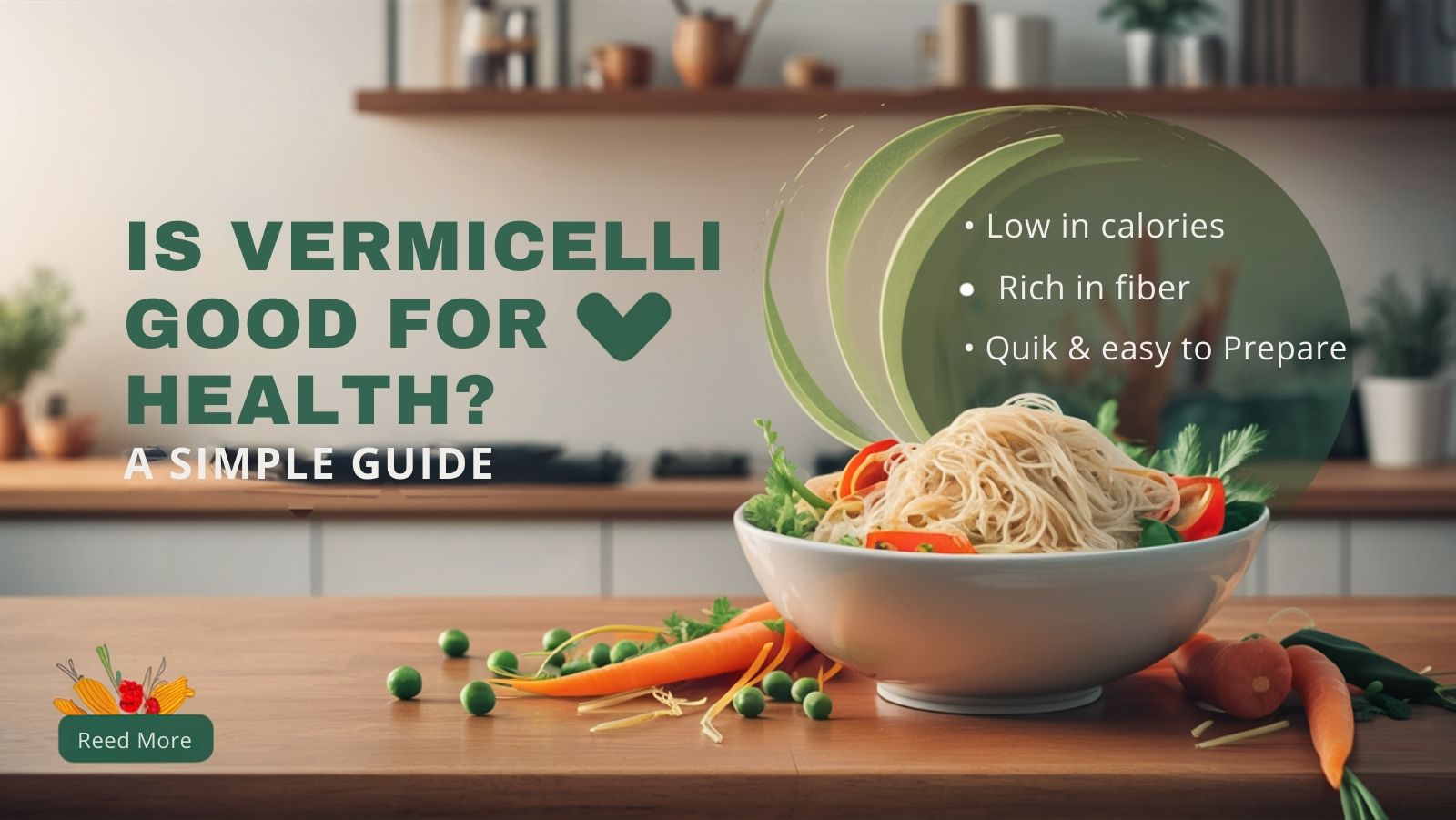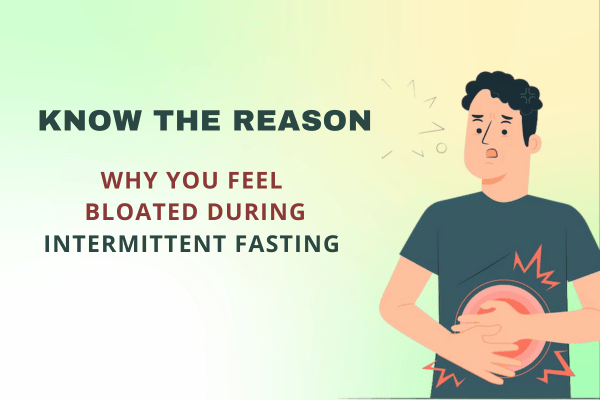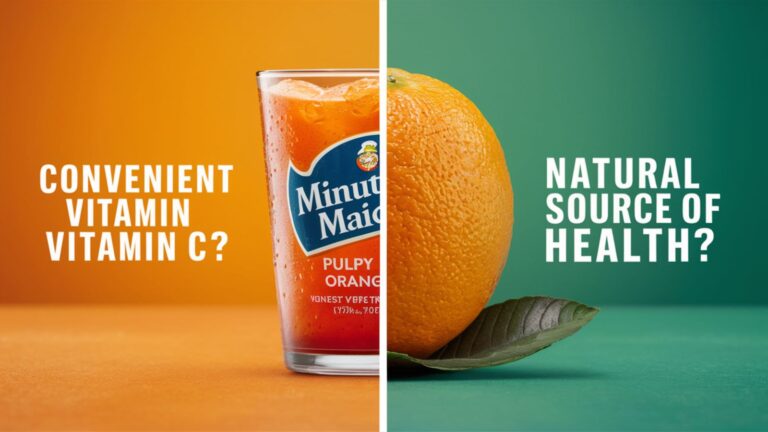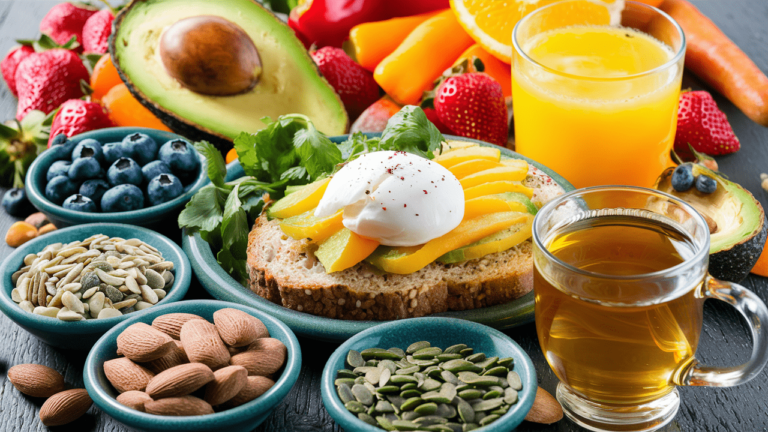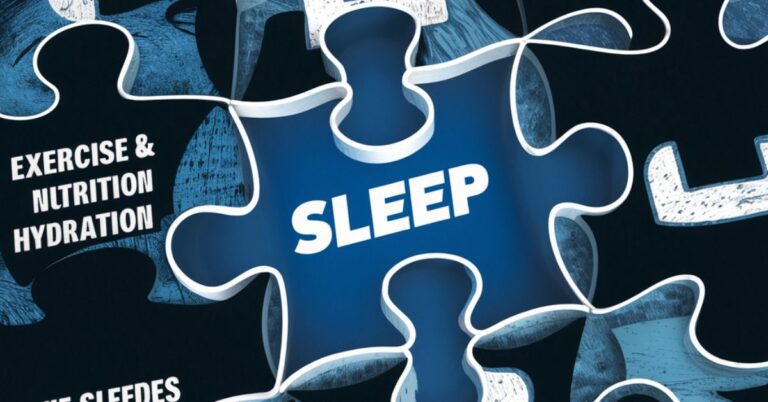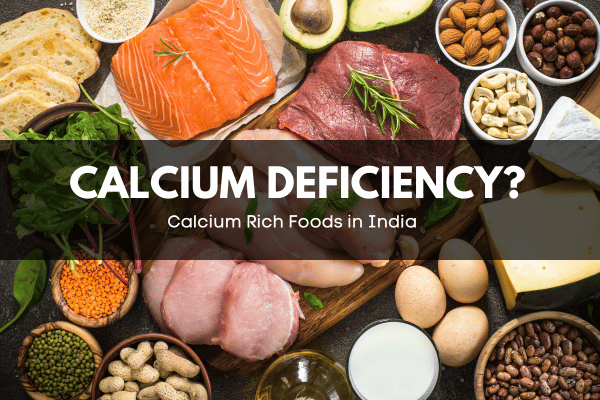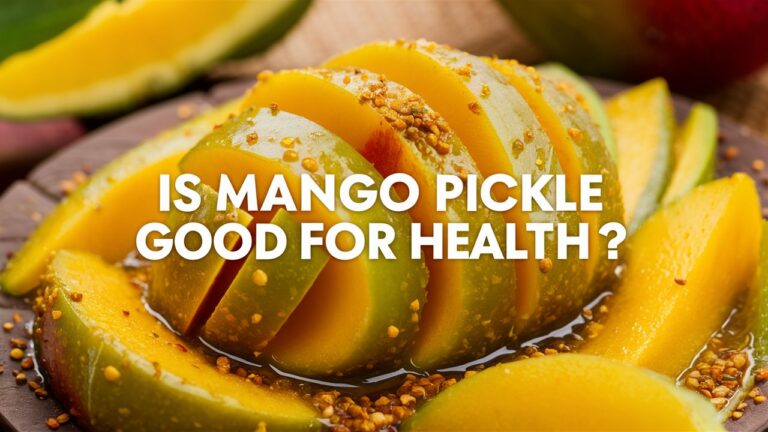Is Vermicelli Good for Health? A Simple Guide
Vermicelli is a type of pasta that’s popular in many parts of the world. You might recognize it as thin, long noodles that can be found in dishes like soups, salads, and stir-fries. But when it comes to health, you might wonder: is vermicelli good for health? Let’s explore this question by looking at the nutritional value, benefits, and potential downsides of eating vermicelli.
What is Vermicelli?
Vermicelli is a type of pasta made from wheat or rice. It can look different in different places. For example:
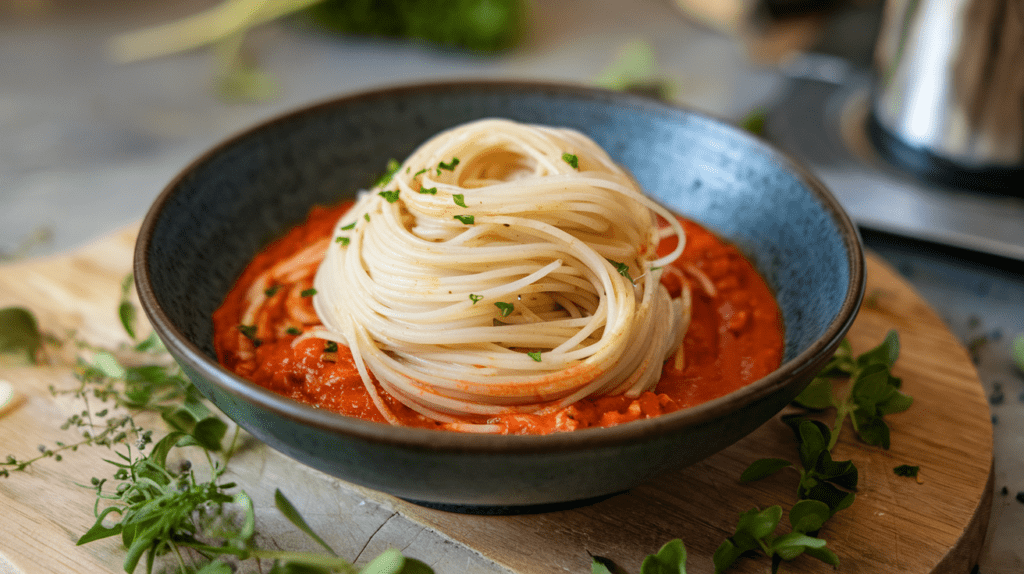

- In Italy, vermicelli is similar to spaghetti but thinner.
- In India, it’s often made from rice or semolina (a type of wheat) and is used in both savory and sweet dishes.
- In Southeast Asia, rice vermicelli is common in dishes like Vietnamese pho or Thai noodle salads.
Nutritional Value of Vermicelli
If you’re curious about how to incorporate vermicelli into a balanced diet or have specific health goals in mind, consult with our expert fitness trainer today. They can provide personalized advice on portion control and how to pair vermicelli with other nutritious foods to fit your dietary needs.
- Calories: Vermicelli is relatively high in calories, especially the wheat variety. A typical serving (about 100 grams) contains around 200-220 calories.
- Carbohydrates: Vermicelli is rich in carbs, providing energy. A 100-gram serving can have about 40-50 grams of carbs.
- Protein: Vermicelli is not a high-protein food, offering around 2-4 grams per 100 grams.
- Fats: It’s low in fat, with less than 1 gram of fat per 100 grams.
- Fiber: The fiber content in vermicelli is relatively low, especially if it’s made from refined wheat flour. Whole grain or rice vermicelli might have a bit more fiber.
- Vitamins and Minerals: Vermicelli doesn’t have a lot of vitamins and minerals. It does contain small amounts of iron, but it’s not a significant source of any particular nutrient.
Is Vermicelli Good for Your Health?
Vermicelli can be a part of a healthy diet, but it depends on how it’s consumed. If you’re watching your calorie intake or trying to manage your weight, vermicelli’s high carbohydrate content could be a concern. While it’s low in fat and easy to digest, eating large portions can add up in calories and carbs. However, because it’s low in calories, especially when paired with vegetables and lean protein, it can be a good option for a balanced meal. The key is moderation and ensuring that vermicelli is part of a varied and nutrient-rich diet.
Is Vermicelli Made of Maida?
In many cases, vermicelli is made from maida, which is a type of refined wheat flour. Maida is processed, which removes much of the fiber and nutrients found in whole wheat. This makes vermicelli less nutritious compared to whole grain alternatives. If you’re concerned about your intake of refined carbs, you might want to choose vermicelli made from whole wheat or rice instead.
Health Benefits of Vermicelli
1. Source of Quick Energy Since vermicelli is high in carbohydrates, it provides a quick source of energy. This can be useful for people who need an energy boost, such as athletes or those who are very active.
2. Low in Fat If you’re watching your fat intake, vermicelli can be a good choice because it’s naturally low in fat. This makes it a lighter option compared to other types of pasta or noodles that might be cooked with oil or butter.
3. Versatile and Easy to Digest Vermicelli is versatile and can be used in a variety of dishes, making it easy to incorporate into your diet. It’s also easy to digest, which is helpful for people with sensitive stomachs or those recovering from an illness.
What is Healthier: Vermicelli or Rice?
When comparing vermicelli to rice, the healthier option depends on the specific type and preparation. Vermicelli made from whole grains or rice is generally considered healthier because of the higher fiber content compared to refined wheat vermicelli. Rice, particularly brown rice, is also a good source of fiber and nutrients. Both can be part of a healthy diet, but whole grain vermicelli might offer a slight advantage if you’re looking for more fiber.
Is it Safe to Eat Vermicelli?
Yes, it is generally safe to eat vermicelli as part of a balanced diet. However, as with any food, it’s important to consider portion sizes and how it’s prepared. Vermicelli is low in fat and cholesterol and very low in sodium, which makes it a better option compared to some other types of noodles like instant ramen. However, because vermicelli is high in carbohydrates, those with diabetes or blood sugar concerns should monitor their intake.
Is Vermicelli Healthier than Maggi?


Vermicelli and Maggi (instant noodles) might look similar, but vermicelli is generally considered healthier. Vermicelli is almost fat-free, cholesterol-free, and very low in sodium, whereas Maggi can be higher in sodium and often contains added preservatives. Vermicelli can be a better choice if you’re looking for a simple, less processed option that can be used in a variety of dishes.
Potential Downsides of Vermicelli
1. High in Calories and Carbs If you’re trying to lose weight or manage your blood sugar levels, the high calorie and carbohydrate content in vermicelli might be a downside. Eating large portions could contribute to weight gain or spike your blood sugar, especially if it’s made from refined wheat. This research on refined carbohydrates and blood sugar explains more.
2. Low in Nutrients Vermicelli doesn’t offer much in the way of vitamins, minerals, or fiber. If your diet relies too heavily on vermicelli, you might miss out on essential nutrients that your body needs. Whole grains or other types of pasta might offer more nutritional benefits, as shown in this study on the benefits of whole grains.
3. Potential Blood Sugar Spikes Because vermicelli is high in carbs and low in fiber, it can cause a rapid increase in blood sugar levels. This can be a concern for people with diabetes or those at risk of developing diabetes.
How to Make Vermicelli Healthier
If you enjoy eating vermicelli, there are ways to make it a healthier part of your diet:
- Choose Whole Grain or Rice Vermicelli: These versions might have more fiber and nutrients compared to the refined wheat variety.
- Control Portion Sizes: Keep your portions in check to avoid consuming too many calories or carbs. For tips on portion control, check out this guide on portion sizes.
- Add Vegetables: Pair vermicelli with a variety of vegetables to increase the fiber, vitamins, and minerals in your meal.
- Include Protein: Add lean protein sources like chicken, tofu, or beans to make your meal more balanced and satisfying.
Want to know more about making your vermicelli dishes healthier? Contact our fitness and nutrition experts in Punjab for tailored advice on choosing the right ingredients and portion sizes to meet your health goals.
Conclusion: Is Vermicelli Good for Health?
Vermicelli can be part of a healthy diet if eaten in moderation and paired with other nutritious foods. It’s low in fat and easy to digest, but it’s also high in calories and carbs with limited nutritional value. If you’re watching your weight or blood sugar, it’s best to enjoy vermicelli in smaller portions and choose whole grain or rice versions when possible.
Ultimately, vermicelli is neither exceptionally healthy nor particularly harmful—it all depends on how you incorporate it into your overall diet. By balancing vermicelli with other healthy ingredients, you can enjoy it without compromising your health.


